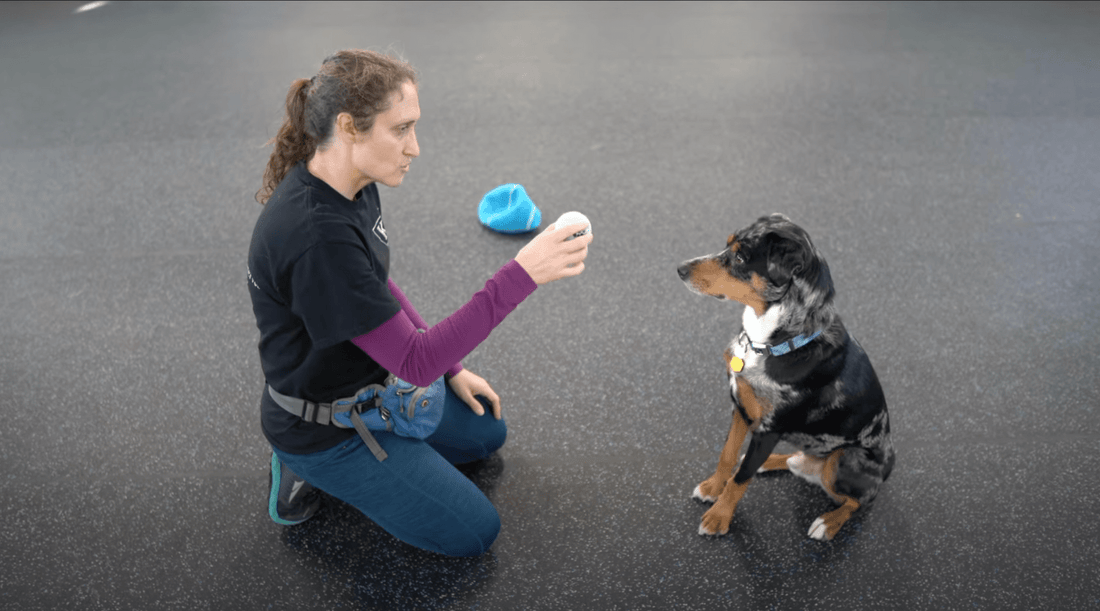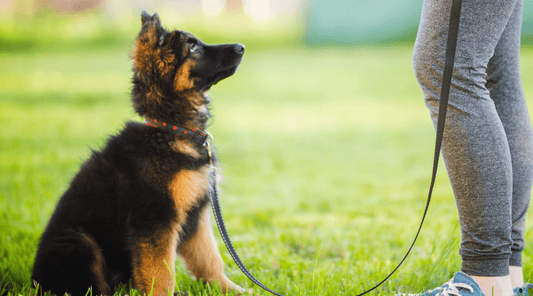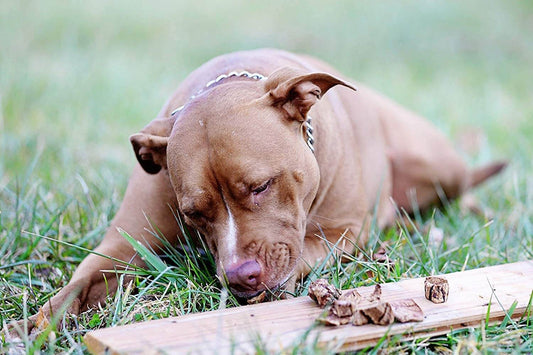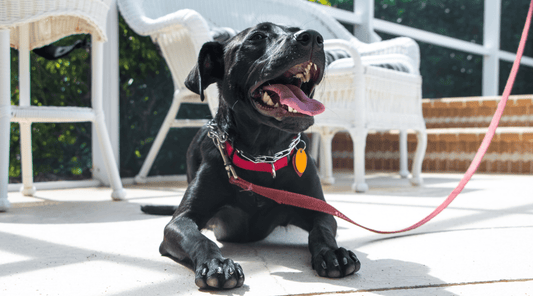
How to Train a Dog Without Treats: The Power of Variety
Dawn Miller Mar 29, 20255 Minute ReadLearning how to train a dog without treats is as important a dog parent skill and knowing when to give them a meaty beef dog bone. You just don't know when those treats might not be there for you.
The other day, I was out walking Pixie and Bruno when I realized I’d made a critical mistake.
I forgot the treats.
I reached into my pocket, expecting to feel that familiar little bag. But instead? Lint. Just lint.
How did this happen? No time for regret. We have a game plan.
It's no secret that I'm big on dog treats and dog bones for training. But it's also important not to rely solely on them. Variety is the spice of life—as they say. If you want to keep things engaging and interesting, you'll mix things up.
Do You Really Need Treats for Dog Training?
Short answer? No.
Long answer: If you don't want training to take forever plus a year, dog treats are the best and fastest way with most dogs.
That's because dog treats help you communicate that your dog did the desired behavior relatively quickly. Plus, high-value treats generate intense dopamine responses that help dogs create healthy habits.
How to Train a Dog without Treats (You Have Options)
First, using Pavlov's dog-style training, you can teach a dog to associate other rewards with the feeling of getting a tasty treat.
Quick Psychology 101 Refresher: In this experiment, the researcher rang a bell every time they gave the dog a treat. Soon, the dog salivated (a sign of feeling rewarded) every time the bell rang with no treat. Then, the researchers turned on a light with the ring, and no treat.
The dog began feeling rewarded by the light alone, even though no dog treat had ever been given with the light. This experiment laid the framework for behavioral science.
Positive reinforcement trainers use multiple forms of reward together to reinforce the behavior—so they don't have to give a treat every single time they follow a command.
There wouldn't be enough dog treats in the world if I gave Pixie and Bruno a treat every time.
Once the association is made, praise, hand gestures, chest pats, and even clicks, become their own reward. So, once you've been training with treats for a while, you really don't have to worry if you reach in your pocket to find only lint.
What's more, some dogs aren't treat-motivated for whatever reason.
If you have a dog like this, it's important to know how to train them without treats. Otherwise, you might just think you have an untrainable, stubborn dog—usually not the case.
Finally, mixing rewards keeps training engaging and interesting for a dog. If we look back at behavioral science, researchers have found that this is why smartphone games are so addictive. We don't get the same reward every time.
If the reward is 100% predictable, we think the activity is boring. Dogs and humans are a lot a like—no matter how good that dog treat is.
Alternative Rewards for Dog Training
1. Verbal Praise in Dog Training (Make Your Words Count)
Dogs love knowing when they’ve done something right—but tone matters.
Because dogs have a higher frequency of hearing, they respond best to raised tones of voice. Most of us lift our voices naturally when giving praise, so you don't have to overthink this.
It's as if the dogs trained us first. Interesting!
Anyway, saying "Good dog" in a monotone voice? Boring. They might not even realize you're talking to them.
Saying, "GOOD BOY! OH, YOU’RE SO SMART!" with excitement? Now, you're cooking with gas!
Combine cheerful, enthusiastic praise with a pet or a play session. And your dog will start responding to your voice just as much as they would a treat.
And of course, you can strengthen this association by giving them a treat sometimes.
2. Using Toys for Dog Training (For Play-Obsessed Pups)
You know, some dogs aren't very food-motivated. A good tennis ball or squeaky toy is all the reward they need.
If this sounds like your dog, then encourage this active dog behavior:
- For ball lovers - Reward a command by throwing their ball for a quick game of fetch.
- For tug fans - Let them win the tug game with a knotted rope after completing a command.
- For stuffed animal hoarders - Give them their favorite toy as a reward.
In each case, you'll show them the reward. But don't give it to them yet. Say the command when they perform the command, reward them.
After a bit of time, if they haven't given it back, command "leave it" so you can continue the training session.
Pro tip: Only bring out the “special” training toy during sessions—this keeps it exciting and rewarding.
3. Physical Affection (For Dogs That Live for Belly Rubs)
Some dogs respond more to touch than treats. A pat on the head doesn't really do much for a dog. Instead, consider:
- A quick ear scratch
- A belly rub
- A pat on the chest
When they perform the command, reward.
Learn to read your dog. Are they into this method of reward? If not, you might want to try something else on this list.
4. Functional Rewards (Life Rewards That Dogs Love)
Dogs have simple needs. They need food, water, exercise, affection, fresh air, and mental stimulation. While you would never withhold basic needs in exchange for performing a trick, you can combine these commands to make obeying the rules and commands seem rewarding and fun.
Here are some ideas:
- Going into the backyard - Command "sit" before you open the door.
- Time to eat - Command "sit" and "wave" before pouring the kibble.
- Going for a walk - Command "roll over" before attaching the leash or putting on the harness.
- Car rides - Command "stay", then wait a few seconds, and then "Load up" when getting in the car.
- On your walk - Command "heel" before you'll start walking forward. A "heel" trained dog walks beside you with a little slack while walking.
- After a good training session - give them a meaty dog bone for mental stimulation.
You are reinforcing a specific command and teaching restraint and patience, which will make living with your dog much more enjoyable.
This isn't about control—okay, it's a little about control. But it's more about cooperation. It's easier to attach a leash, open a door, or pour kibble when your dog learns a little restraint.
You become a team that can reach a shared goal faster. And dogs can learn each of these skills quickly with positive reinforcement training.
Dog Training Without Treats: What, Me Worry?
Back to my situation. I had no worries about my dogs' behavior on their walks. We have already been practicing with many types of rewards.
Want to learn how to train a cooperative dog and the perfect canine companion? Be sure to join me by signing up for the 7-Day Dog Training Challenge.
Available On:


Disclosure: This article may contain affiliate links, which means we may earn a small commission if you make a purchase through these links—at no extra cost to you. We only recommend products we trust and believe will benefit you and your K9.



